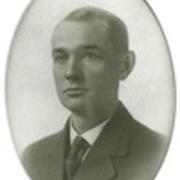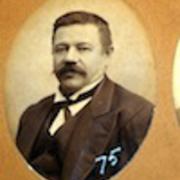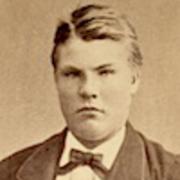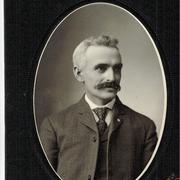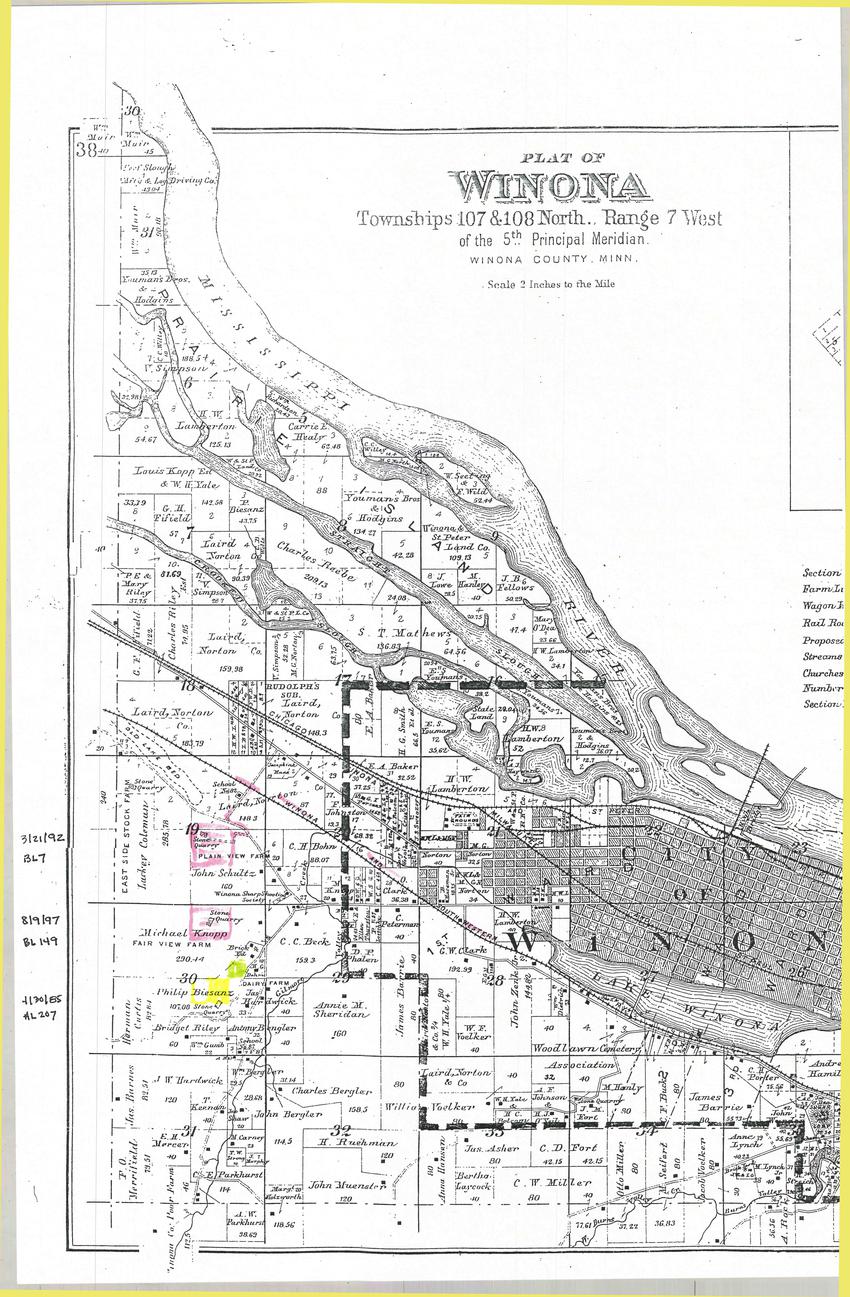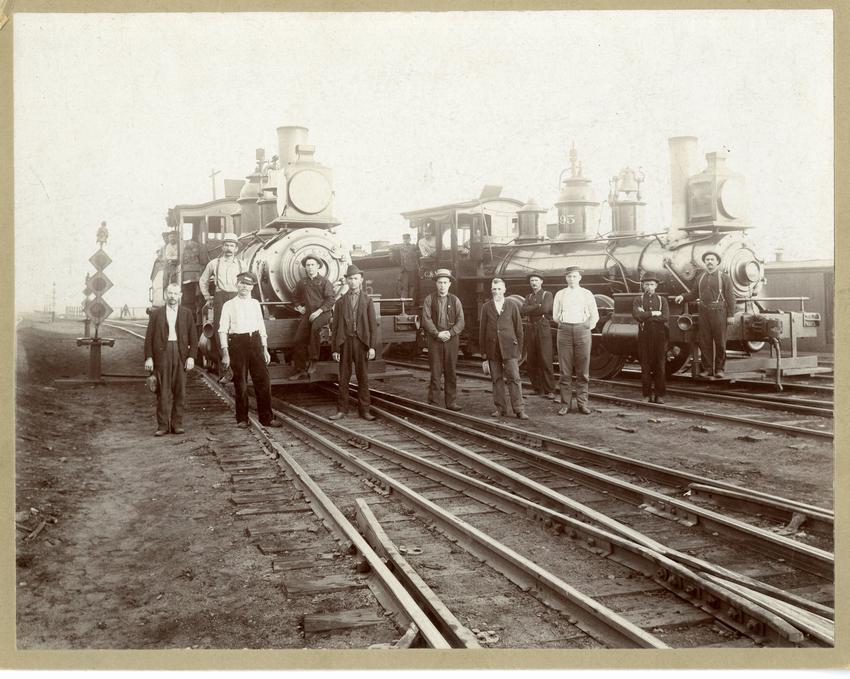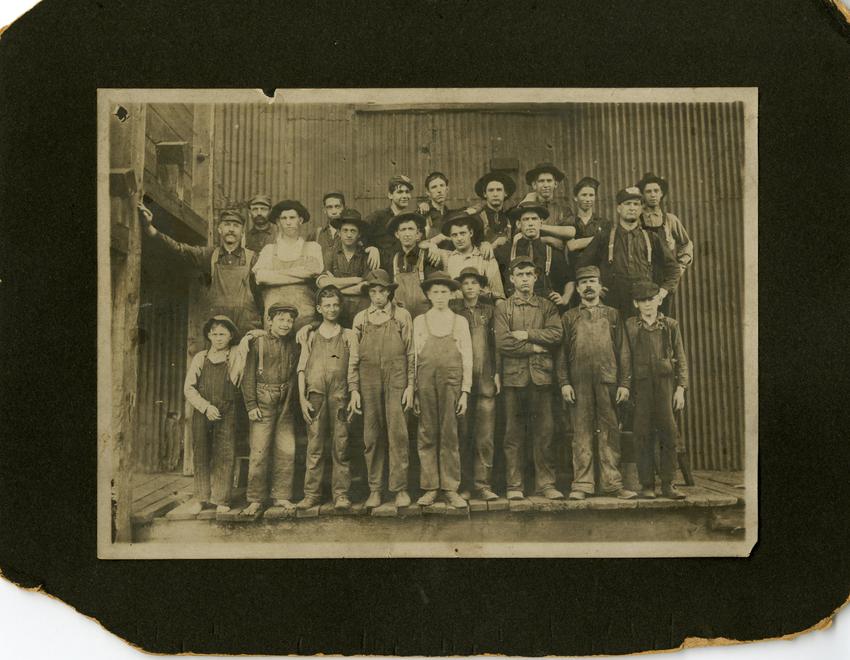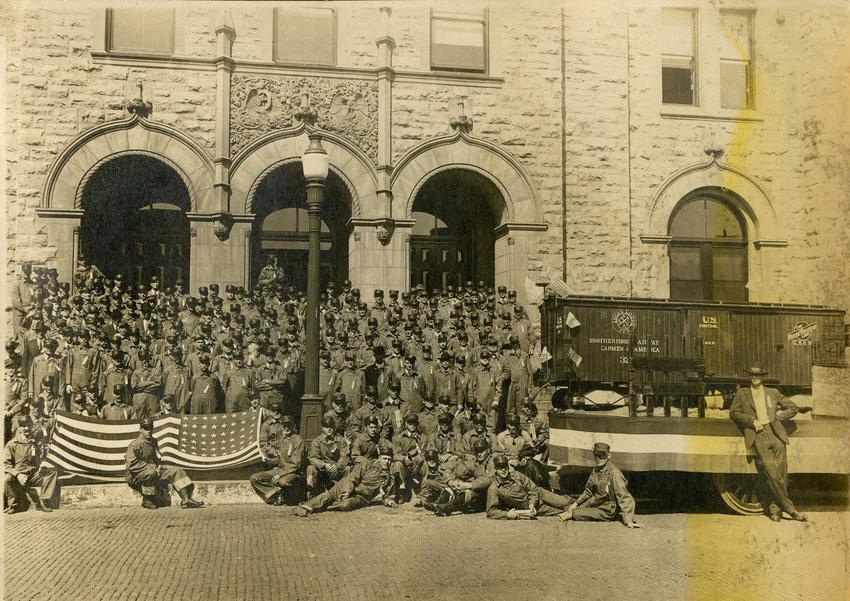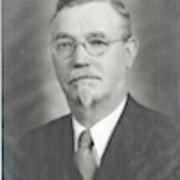
Transportation - Railroads
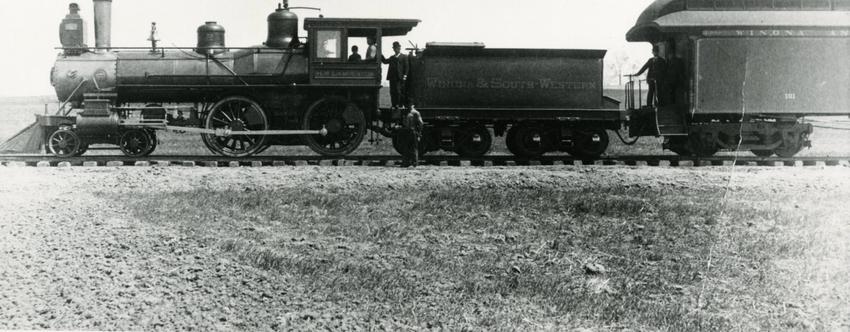
Railroads were largely responsible for the growth in quarry operations and major American construction projects that used stone in the late 1800s and early 1900s. Smaller gauge track, in particular, allowed heavy blocks of stone to be hoisted out of the pits and laid directly onto train cars for transportation to local finishing plants or construction sites across the continent.
The Winona and Southwestern Railroad, which became the Winona and Western Railroad by 1898, allowed the Steinbauer Stone Company to ship limestone from its quarry about four miles from Winona into town, where it was shifted to the Burlington Railroad to be carried across the Missiippi River and up the eastern shore of the rive to the Capitol construction site in St. Paul, where it was used for the foundation of the building. C. R. Terry and Albert Steinbauer had a tramway constructed in 1900 to move the materials within the quarry and to the railroad line.
The 1894 plat map below shows the Winona and Southwestern Railway passing close to the Steinbauer quarry (highlighted in pink) on land owned by John Schultz, labled Plain View Farm (by a large number 19).
Below are photographs of the Winona railroad lines and workers.
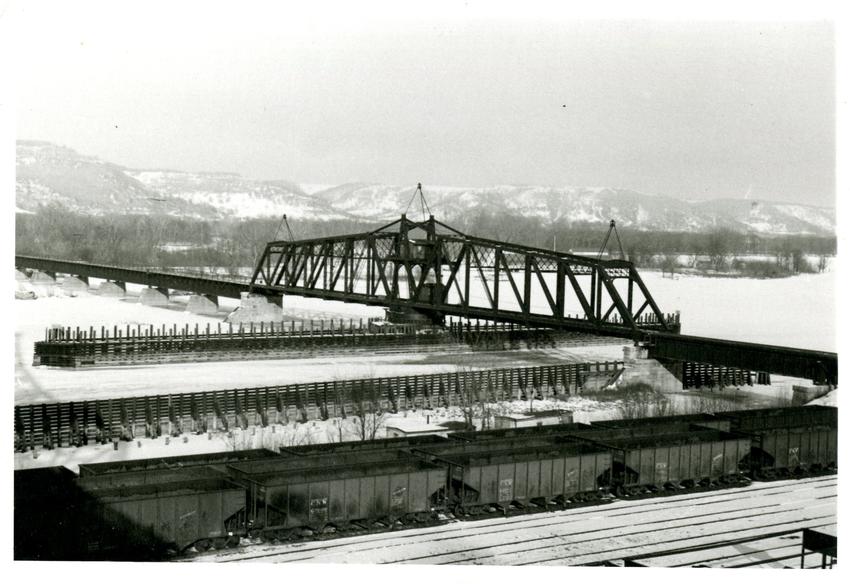
Photo courtesy Winona County Historical Society
Photo courtesy Winona County Historical Society
NOTE: Brotherhood photo is also below in file format that can be panned and magnified to show greater detail.
